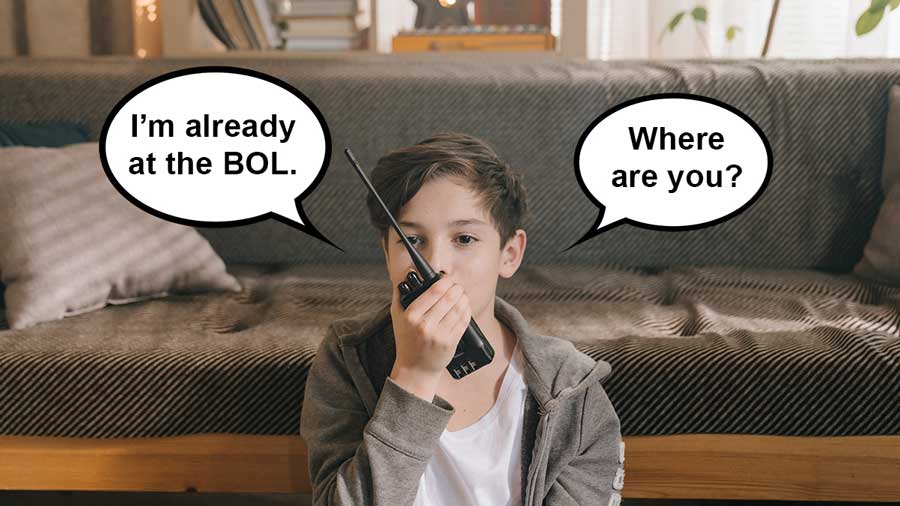
The value of information is directly proportionate to your need for it. If you are bugging out, it means you are facing dire circumstances in an environment that is probably rapidly changing. In other words, your need for up-to-the-moment information is critical. It’s why you need a solid plan for bug out communications. In this article we will look at the gear and strategies for both gathering information and staying in contact during a bug out. We start with the gear, then look at the strategies.
You know the saying. You don’t realize what you have until it’s gone. The full impact of those words is felt post-disaster, as one of the first things you are likely to lose is access to reliable information.
If you have ever gone backpacking without a watch, you know how the loss of just that one piece of information can sow confusion, doubt, and uncertainty. You will wonder how long you have been traveling, how many hours of daylight you have left, and when you should go to bed.
Lack of information can also cost lives and risk missions. There is a reason the military places such a strong emphasis on building, maintaining, and securing communication channels. When you’re in a dangerous environment, the more information you have, the better you can position yourself for success and survival.
Six Types of Bug Out Communication Gear
So, let’s start by taking a look at some of the ways we can maintain a steady flow of information post-collapse through basic communications gear preppers may find useful in bug out scenarios.
1. Hand Crank Radio
At the very least, you should have a way to get incoming weather information. Weather matters. Look at Hurricane Katrina, the 2011 Super Outbreak, or Californian wildfires. These events not only pose a threat to your shelter and resources, but they can also be life-threatening.
You should be able to tap into radio waves from a distance out – particularly in AM (amplitude modulation) frequencies. AM radio began in the mid 1870s, and generally has poorer quality, but it can be transmitted over much longer distances than FM (frequency modulation), which came around in the 1930s (see AM vs FM FMI).
Gear to consider: If you don’t already have one, get a radio that has NOAA weather, phone charger, flashlight, and solar for maximum benefit and versatility.
2. Ham Radio
In today’s prepping world, this is low-hanging communication fruit. Pretty much any article you read on post-disaster/bug out communications will have ham radio at the top of the list, and there’s good reason for that. There’s really no other option out there that will let you communicate as effectively for long distances as a ham radio can.
You don’t need a big expensive ham station like this one:
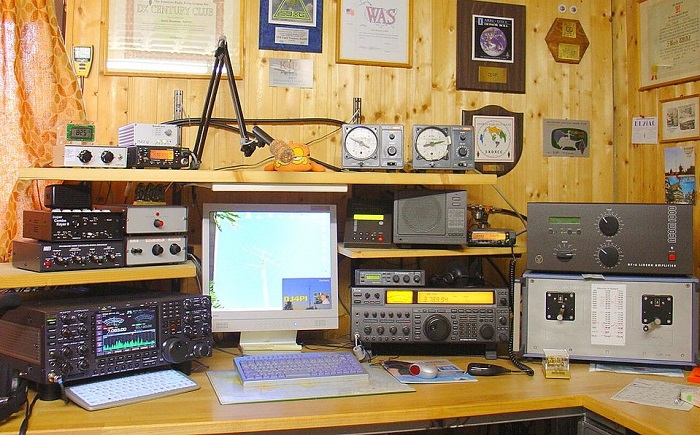
There are plenty of handheld ham radios available on the market.
Gear to consider: Entry costs into the world of amateur radio can be kept under $200 rather easily if you start with a handheld model and learn the ropes from there. I would not recommend a cheap Baofeng unless your budget is really tight. A better model is Yaesu’s FT-60R Amateur Radio Transceiver, which will still keep you under the $200 mark. Alternatively, if bugging out by vehicle is your plan, consider Midland’s Dual Band Radio.
The biggest downside to ham radio is the learning curve. There’s a lot to learn when you first get into ham radio. Watch YouTube videos, buy the ARRL Ham Radio License Manual, and talk to as many Elmers (old guys who are ham enthusiasts) as possible.
3. CB Radios
A CB radio is probably a better option than ham for most people. The reasons are threefold:
- there’s no licensing exam,
- it’s more ubiquitous; and
- it’s not nearly as difficult to learn as a ham radio.
As a result of all this, you will have a much easier time getting into it and learning the ropes (see our guide to CB radio language). The distance that you’ll be able to transmit won’t compare to a ham, but in a bug-out situation, it may be all you need.
Gear to consider: Again, consider Midland’s CB radios here. They have both handheld models and vehicle units. Cobra also makes great products. Their CB radios have very high ratings on Amazon.
4. Two-Way Radios (Walkie Talkies)
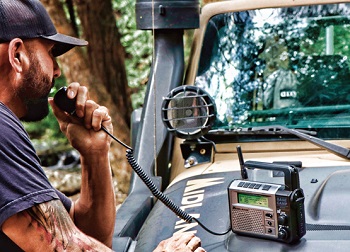
Two-way radios are not just for camping and festivals. They can be great for bugging out or for bug out location security. Under any prolonged SHTF situation, people will need to leave the safety of your home or location. That could be for security, food gathering, or anything else. The person(s) in the field needs a communication with home or HQ.
Think about this also from a personal safety standpoint. If it’s just you and your wife living at your retreat, and you’re harvesting fish at the pond a mile away, how is she going to know if you just slipped and strained your ankle really bad? Pick any scenario you want, the point remains.
Gear to consider: Midland USA has a variety of two-way radios to fit your needs (also available on Amazon). You can get handheld units, vehicle units, or even a mobile “base camp” model in GMRS (General Mobile Radio Services). The GMRS radios, while they require a permit (a simple process), will give you greater range.
Read our Midland Micro 2-way radio review for more information or watch the video you YouTube.
5. Satellite Phones
Not my favorite option, but it is still an option. Satellite phones are expensive, your calls may be intercepted, and there’s no guarantee they will work in a TEOTWAWKI scenario (I suppose you could say that about just about anything, however).
That said, they work well in areas where cellphone reception is unavailable. I have had to use a campground’s satellite phone once on one of my North Maine Woods “big buck” hunting trips before. We were far away from any cell tower, and the campground charged me $2.00 a minute to use it. I talked fast, but it worked!
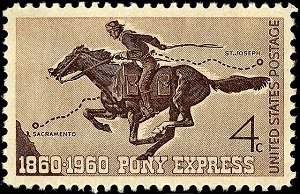
Gear to consider: The BlueCosmo Satellite Phone Kit gets high ranks and it comes with a good warranty. Throw the hundred dollar bills down – you deserve it!
6. Pony Express Service
If you survive all the way to a post-apocalyptic situation, figuring out some form of postal service may be something to consider. Does the post-apocalyptic movie The Postman come to mind?
Gear to consider: A horse.
Five Types of Bug Out Communication Strategies
Now that you have your gear secured, here are some strategic ways you can actually convey a message.
1. Morse Code
The more I read about ham radio, the more convinced I become of the value of learning Morse code. There are many possibilities where Morse code could benefit a prepper. Signals can be tapped out to adjacent rooms, sent long distances via flashlight/airhorn, blinked with your eyes, or even used in the traditional format – through radio waves. There is a lot of tactical communication value in learning Morse code to be thought over, and you can practice using a translator.
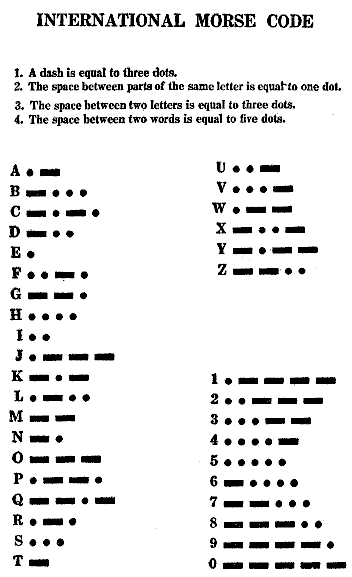
2. Flag Semaphore

This is old school, but learning how to send messages via flag hand signals may be something to consider as well, particularly if you plan to bug out by boat or want to send a message from one mountain top to another.
3. Pre-Arranged Signals
There are infinite ways you and your post-apocalyptic tribe could make your own set of signals. Four short blasts on an emergency whistles, putting a wheelbarrow in your front yard, or setting a candle in your window at night (in a modern Patriot fashion) are all ways that you could communicate that you are in danger or you ran out of SPAM. You just need to establish what the signals mean beforehand.
The beauty of this is that it is tangible encryption. You are conveying a message that is truly uncrackable unless the other party has been let in on the details of the meaning. In fact, choosing the right signs would mean others would not even know there is a message decipher.
4. Military Hand Signs
There are times when a threat might be close, and you need to convey information without making yourself known. Military hand signs can be used in the field without putting your health and well-being at risk.
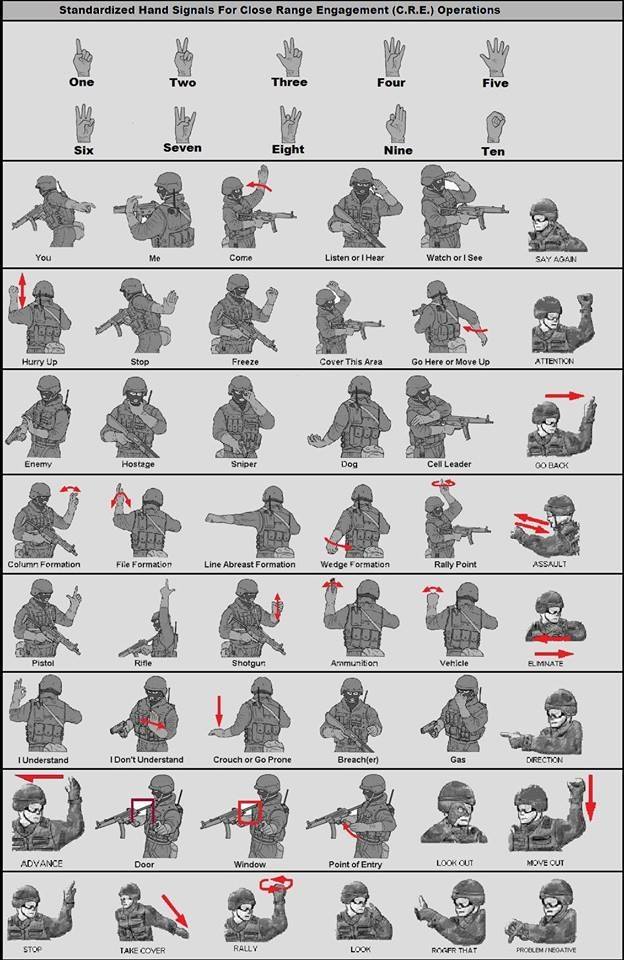
5. Using Symbols

Symbols can be a very effective means of passive communication. Whether you are designating a charity site, giving directions to shelter/water/food, or sharing other information, a symbol is a way to communicate a message perpetually with a minimal effort.
Take for example…
Hobo Hieroglyphs
Hobos used their own set of symbols (more like hieroglyphs) to leave information for each other. Their marks would tell other wanderers whether a town was dangerous, where rich people live, and important things like “religious talk gets free meal.”
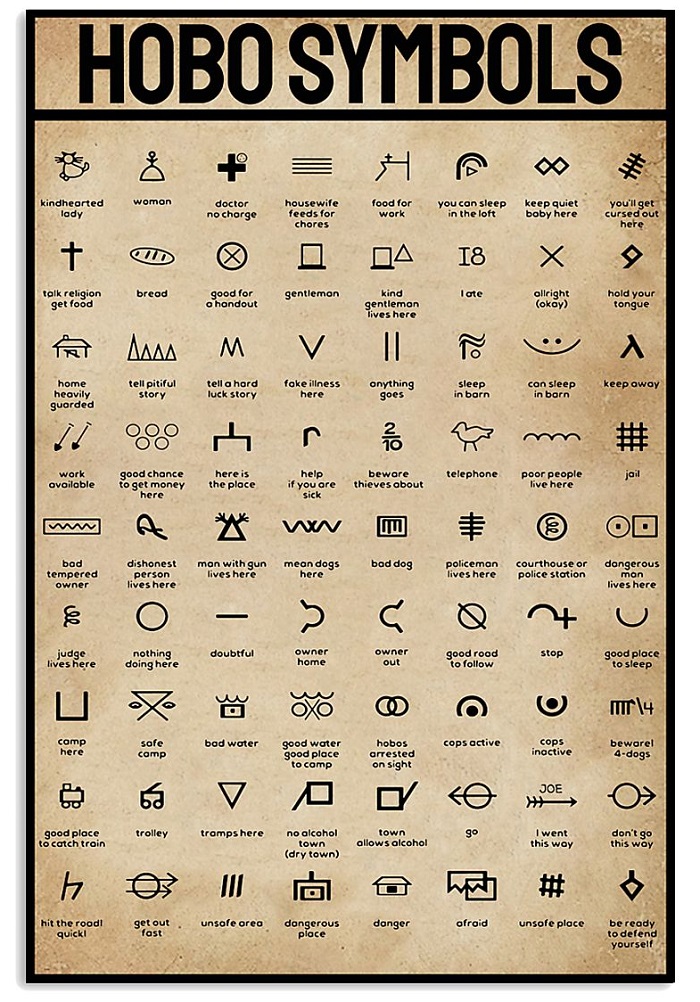
Final Bug Out Communication Thoughts
Hopefully, the above will at least get you thinking so that post-disaster/collapse, you are not stuck trying to throw a communication plan together. This is by no means a conclusive list either, as there are many potential ways to send information from smoke signals to skywriting.
If you’re hopped up to read even more, check out Prepper Communications: The Easy Way by Craig Buck.
What’s YOUR plan for bug out communications? Let us know in the comments section.
